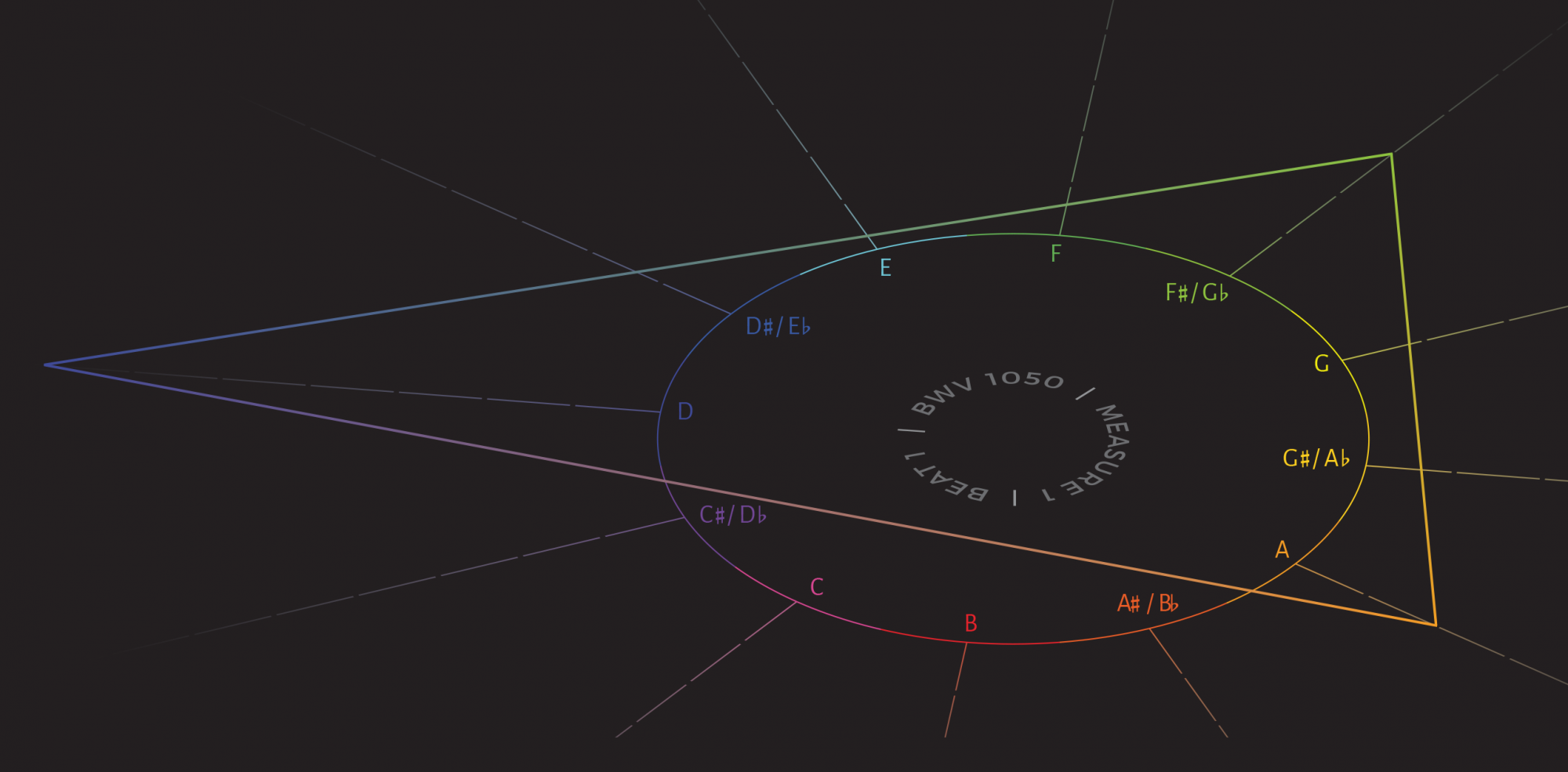Jacob Eichhorn, Ryan Jones, Hanisha Kulothparan, Co-Editors
Maeve Gillen, Reviews Editor
Andrew Blake and Sam Falotico, Web Managers
Editors’ Note (i)
HTML & PDF
Articles
Matthew L. C. Boyle | A lazzarone Figaro? Musical Neapolitanisms in Rossini’s Il barbiere di Siviglia (1–24)
HTML & PDF ——AbstractAlthough Gioachino Rossini’s Figaro is one of opera’s most beloved characters, little analytical work has been dedicated to him or his music. This essay elaborates on aspects of Figaro’s character through two analytical vignettes. These vignettes add texture to Figaro’s status as a lower-class comic character and highlight his cunning and volatile temperament. The first vignette examines Figaro’s aria “Largo al factotum” as a comic patter aria inflected by a frantic tarantella topic. The second vignette contextualizes the historical musical resonances of Figaro’s parlante vocal texture in the tempo di mezzo passage of the duet “All’idea di quel metallo.” I propose that Figaro’s parlante mimics the cries of street vendors and depicts him as a crude and cunning outsider.”
David S. Carter | Building Bridges: Rebuilds in Popular Song, 1959–2024 (25–60)
HTML & PDF ——AbstractPrior scholarship has engaged with teleology in popular song as it is manifested in buildup introductions, verse-prechorus-chorus cycles, and EDM-inspired builds. Yet teleology in bridges—especially the textural accumulations following breakdowns that I call here rebuilds—has received much less attention. In this article, I present an empirically-based model of bridge-quality rebuilds, examining 118 songs that either repurpose previously presented melodies to make bridge blends or use new material and build energy towards an arrival. I particularly highlight the approach of building with insistent repetition of a new vocal line over a harmonic loop, what I term a repeating-phrase rebuild. I conclude by making some observations regarding apparent changes to rebuilds over time, finding in the 118 songs a seeming trend away from instrumental and verse-based rebuilds towards the use of new material and repeating-phrase rebuilds.”
David S. Carter and Ralf von Appen | Tempo Variability in Billboard Hot 100 Songs, 1966–1995: Patterns, Click Tracks, and Historical Change (61–91)
HTML & PDF ——AbstractIn this study, we combine automated tempo detection, manual adjustments, and statistical analysis in order to examine tempo variability in popular music. Our inspection of 255 Billboard chart-topping singles, supplemented by study of 168 other songs, finds that (1) songs speed up and slow down following several distinct paradigms; (2) measurements of tempo variability can be used to determine with a fair degree of certainty whether a song was recorded with sequenced drums, with a human drummer playing to a click track, or with a drummer playing without a click; and (3) there was a steep decline in tempo variability from 1979 on, largely attributable to increasing use of click tracks and sequencing. We show the value of our method both for study of large-scale trends and for close reading of individual songs..”
Trevor C. Hofelich | Vignettes for Structural Hearing in the Music of Dmitri Shostakovich: Prolongational Approaches to Three Preludes (92–112)
HTML & PDF ——AbstractSchenkerian views of mixture and counterpoint address a wide range of chromatic activity in Dmitri Shostakovich’s monotonal works. Emulating contrapuntal procedures in Johann Sebastian Bach’s Well-Tempered Clavier, preludes in Shostakovich’s Twenty-Four Preludes and Fugues, op. 87 (1950–1951) are especially amenable to linear analysis. Not only do the op. 87 preludes exhibit functional states, but they also express Shostakovich’s meta-compositional musing on Baroque preludes. Although tonal operations are obscured by surface-level chromaticism, linear analyses of Prelude nos. 4, 13, and 22 contextualize post-tonal passages within broader tonal structures. Middleground examinations clarify how Shostakovich chromatically intensifies contrapuntal idioms without dismantling the function of impacted harmonies. This study expands on the work of David Fanning (2010) and Sarah Marlowe (2013), rendering models for structural hearing in Shostakovich’s music while considering how post-tonal harmonies are produced when diatonic elements are modally lowered.”
Alexander Shannon | Generalized Chord-Member Intervals and Transformations (113–134)
HTML & PDF ——AbstractThis article develops a theory of chord-member space, incorporating an apparatus of vertical positions into an established linearization of voice-leading principles. I propose a new methodology to describe motion that occurs when the voices of one chord reposition themselves into different positions of another chord (e.g., the root of one chord becomes the third of the next). In so doing, I generalize a chord-member space with accompanying intervals that form a discrete mod-7 group structure. I introduce the concept of heard chord members that exist within their own space and argue that this system illustrates characteristics of diatonic and chromatic progressions that are not easily detectable by previously established transformational approaches. By analyzing a sample of diatonic and chromatic musical passages from the eighteenth and nineteenth centuries, I show that one can hear changes in vertical placement as distinctive linear gestures. This system offers a novel perspective on chord progressions and voice leading, revealing subtle nuances in tertian harmony.”
Analytical Vignette
Julien Despois | The Dream Cadence: A Romantic Gesture of the Ascending Ninth (135–145)
HTML & PDF ——AbstractThis article describes a cadential phenomenon characterized by a dominant ninth
chord whose ninth resolves through an unconventional $$hat[6]$$–$$hat[7]$$–$$hat[1]$$ motif.
Termed the Dream Cadence in tribute to Robert Schumann’s “Träumerei,” this device
is exclusive to the major mode where it is employed to create a calm and delicate
atmosphere. I aim to shed light on the defining features of this cadence, its common
variations, and the possibilities it offers for contrapuntal elaboration. To do so, I explore
its use in compositions from the Romantic Era through an analysis of the music of
various composers, including Frédéric Chopin, John Field, and Alexander Scriabin.
Conference Report
Charity Lofthouse and Sarah Marlowe | Women in Music Conference Report, March 2024 (146–151)
HTML & PDF
Review
Nathan Cobb | Gérard Grisey and Spectral Music: Composition in the Information Age by Liam Cagney, Cambridge University Press, 2023 (152–157)
HTML & PDF

